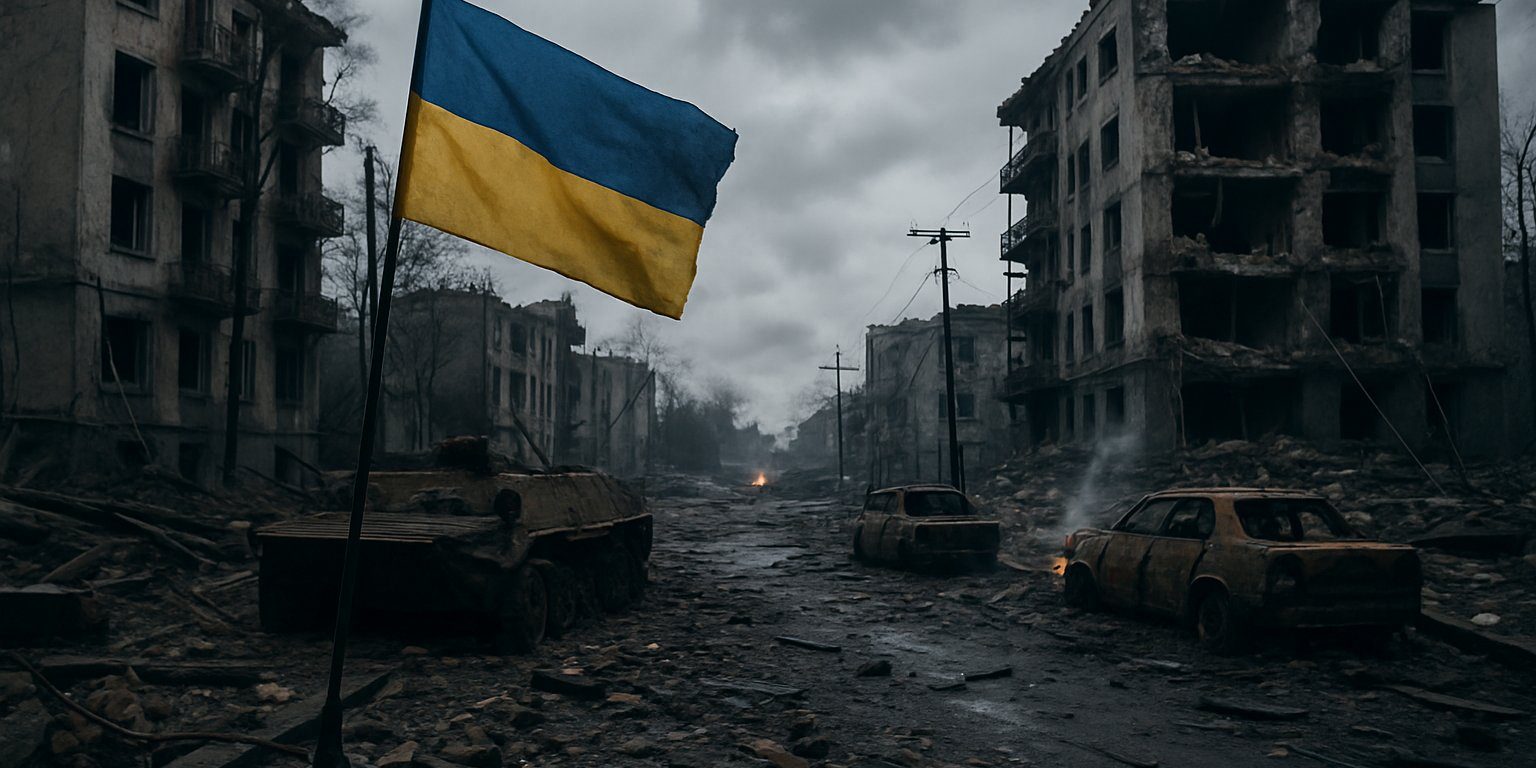During April and May 2024, lawyers and psychologists from the Center for Assistance in War Crimes Documentation of the “OPORA in Poland” Foundation (hereinafter referred to as the Center) conducted 58 pre-screening interviews with victims and witnesses of war crimes currently residing in Poland.
In response to a new influx of refugees, the Center has broadened its operations to include the Subcarpathian and Lesser Poland Voivodeships. This expansion is aimed at addressing the needs of those newly arrived in these regions.
| Place of evidence collection (April-May, 2024) | Number of interviews |
| Warszawa | 24 |
| Przemyśl, Subcarpathian Voivodeship | 18 |
| Kraków, Lesser Poland Voivodeship | 5 |
| Sieborowice, Lesser Poland Voivodeship | 4 |
| Czyżów, Lesser Poland Voivodeship | 4 |
| Przasnysz, Masovian Voivodeship | 2 |
| Pułtusk, Masovian Voivodeship | 1 |
Typical witness profile: The majority of the interviewed witnesses (81%) are women (47), and 19% are men (11). This distribution is influenced by specific border crossing rules in Ukraine during martial law. Regarding age distribution, the interviewed witnesses are categorized as follows: 40% (23) are aged 31-45, 21% (12) are aged 46-60, 28% (16) are over 60 years old, and 8% (6) are under 30. One witness opted not to disclose her age.
Regional Affiliation of the Interviewees: Most interviewees hail from regions actively involved in military conflict or occupied territories. Those from western and central Ukraine, as well as from Kyiv, have directly witnessed air raids, witnessing air bombs or their impacts firsthand.
| Region | Number of Interviewees |
| Kherson | 7 |
| Kharkiv | 10 |
| Donetsk | 15 |
| Zaporizhzhia | 9 |
| Kyiv | 6 |
| Luhansk | 4 |
| Dnipropetrovsk | 4 |
| Mykolaiv | 1 |
| Sumy | 2 |
Types of war crime revealed during pre-screening interviews
| War Crime Type | Number of cases reported by eye-witnesses |
| Killings (shooting) or wounding civilians | 15 |
| Killing the wounded military who was no longer participating in the combat | 1 |
| Active military action near or within residential quarters | 16 |
| Enemies using civilian cloths, uniforms and emblems of the Ukrainian Armed Forces or humanitarian (also IRCC) or medical institutions | 1 |
| The use of prohibited weapon, such as chemical weapons, cluster munitions, phosphorus bombs, etc. | 7 |
| Use of civilian infrastructure (schools, hospitals, culture institutions, etc.) for military purposes | 14 |
| Deportation or forced displacement of a person (group of persons), and children | 6 |
| Abduction or keeping hostage a person | 5 |
| Destruction (such as burning) or abuse and brutalization of bodies of the killed persons | 1 |
| other sexual violence types | 2 |
| Torture or violent treatment of people | 13 |
| Mining residential neighborhoods and facilities (schools, hospitals, etc.), property (cars, devices, etc.), human bodies, etc. | 2 |
| Illegal detention or imprisonment of a person, mob justice | 12 |
| Damage to their own property | 30 |
| Damaging other persons’ property | 55 |
| Damage to hazardous facilities (nuclear power plants, storages with chemicals, etc.) | 1 |
| Damage to culture or art facilities | 12 |
| Damage or destruction of civilian facilities (schools, health care facilities, residential care institutions, etc.) | 55 |
| Damage to other infrastructure facilities (electricity, gas, water, oil supply networks, etc.) | 41 |
| Hiding behind civilians (the use of “living shields”) | 8 |
| Pillaging of property | 13 |
| Fragments of shells in residential neighbourhoods | 38 |
| Purposeful settlement of Russians in the captured Ukrainian territories | 5 |
Nearly all interviewees reported witnessing or hearing about multiple types of war crimes in their respective localities. The most commonly mentioned were destruction or damage to property. Specifically:
- 55 witnesses reported destruction or damage to others’ property, while 30 reported damage to their own.
- Shell debris in residential areas was observed by 38 interviewees.
- Damage or destruction to civilian structures, such as schools, medical facilities, and care institutions, was reported by 55 witnesses.
- Infrastructure elements, including electricity, gas, water, and oil networks, were noted as damaged by 44 witnesses.
- Fighting in residential neighborhoods was recorded by 16 witnesses.
- Instances of illegal detentions, deprivation of liberty, or unauthorized sentencing were reported by 12 interviewees.






